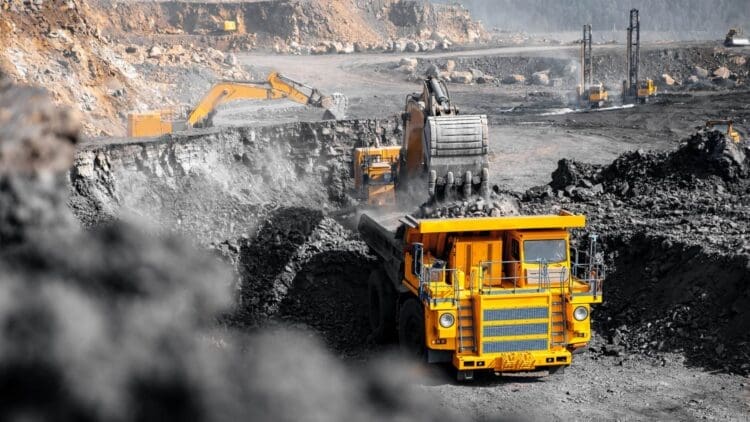The coal sector is facing an existential crisis at the moment. The global reluctance to phase out coal in favor of renewable energy has resulted in significant pressure on the sector. Despite that, spot thermal coal prices spiked recently amid extreme weather conditions around the world and significant supply disruptions. As the world enters a future without coal, the energy sector has taken substantial steps to reduce reliance on coal, despite that the sector has seen a sharp increase in costs as certain regions of the world experience extreme weather conditions.
Several factors can be attributed to the rise in thermal coal prices across the sector
Coal has been integral to the progress that the human race has made over the past century. The world has seen sharp increases in energy demand as more nations require higher levels of energy generation to meet their needs.
Reports from industry analysts have noted that coal prices are on the rise globally. This can be attributed to several factors. Among those are an increase in renewable energy production, along with extreme weather conditions that put added pressure on the grid.
When a nation experiences extremely hot or cold weather, it can expect energy usage and demand to rise. The recent weather conditions in several nations, like South Africa and China, have resulted in an increase in energy demand across the board. When that happens, the overarching consensus is that prices in the sector will go up.
China has seen significant increases in coal prices recently. According to data from the China Coal Resource Network, the spot price at Qinhuangdao Port, which is seen as a benchmark for domestic coal prices, has climbed to approximately $94 per ton, reaching its highest point since March 17. The current rebound for coal prices in China has been a result of heavy rainfall and production inspections from the Chinese government.
China is conducting inspections of coal mines to curb oversupply, further increasing the price of coal
Reducing the amount of a commodity almost always results in a price increase. Taking into account the fact that China produces a vast amount of coal in the global energy sector, along with the recent news that it has conducted inspections at several coal plants in order to curb oversupply issues, one can understand the sharp increase in coal prices.
Industry insiders have noted that the consumption of thermal coal in 25 provinces across China reached its highest level in at least five years in August.
“We expect coal prices to continue rising in the short term but may start to correct by the end of August.” – Morgan Stanley analyst, Hannah Yang
Other experts have pointed out that while the increase in coal prices is a welcome relief for the sector, it does not point to significant long-term returns for the sector.
“We could have strong prices into the fourth quarter. But this isn’t structurally strong demand. You’re probably best optimized enjoying the higher revenue than investing it in new production” – James Stevenson, lead researcher for coal, metals and mining at IHS Markit Ltd. in Houston
Coal will continue to play an integral role in the global energy sector for the foreseeable future
The global calls for the energy sector to transition away from fossil fuels towards the renewable energy sector have not gone unheard. Most nations across the world have established a framework, at the very least, that allows for more investment in the renewable energy sector. Despite that, coal still plays a part in the global energy sector, as proven by the recent news that China added 25 GW of new coal plants in H1 2025. So coal will be with us for some time, and the price of coal is set to fluctuate as the market evolves.





